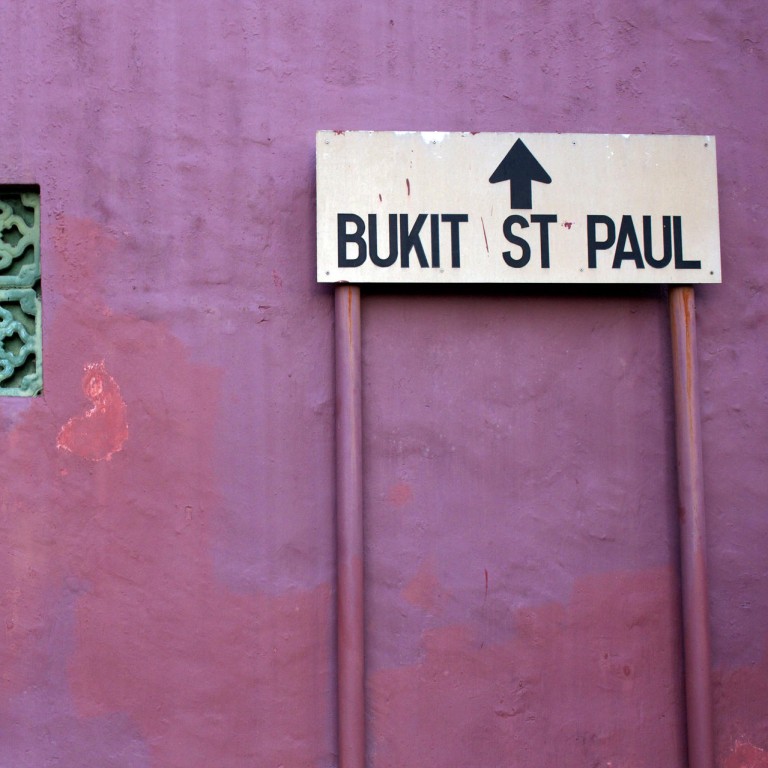
Melaka: five ways to see the world in one Malaysian city
How to sample historic port's Portuguese, Dutch, Peranakan, Malay and Indian influences
On the shores of the meandering Melaka River lies an extraordinary city loved as much for its interesting streets and colourful architecture as for its rich history, delicious cuisine and fusion of cultures. We visit the capital of Melaka state in Malaysia, a place of many faces.
Portuguese Settlement

In the early 1500s, the Portuguese, on a mission to benefit from the spice trade in the East, colonised Melaka. Today the Portuguese Settlement, on the coastline a few kilometres west of Melaka's centre, is a reminder of this time: a community of a little more than 1,200 Catholic Malaysians who have Portuguese roots. Here, determined to celebrate and hold onto their culture, Catholic images are hung above front doors, the church is central to life, and streets have Portuguese names. In the evenings, Portuguese Square is a lively place for a tasty seafood meal, and if you're there during the day, step into the Portuguese Heritage Museum, where the curator will enthusiastically describe life in the community.


Kampung Portugis is off Jalan Ujong Pasir
the ruins of St Paul's Church on Jalan Kota, which was built by a Portuguese sea captain.
Nancy's Kitchen

Around the Malay archipelago, the descendants of Chinese immigrants have established a culture all their own, known as Peranakan. They are successors of early Chinese traders who married Malays, and in Melaka this culture is known as Baba-Nyonya: " " meaning men and " " meaning women. Along with the culture and language, Baba-Nyonya cuisine has evolved into something special: a fusion of Chinese food and Malay spices, influenced by Portuguese styles of cooking. Perhaps the best place to sample this is at Nancy's Kitchen, an unassuming restaurant in the old part of town. Be sure to order — top hat — a pastry bowl filled with chopped vegetables and packed with flavours.
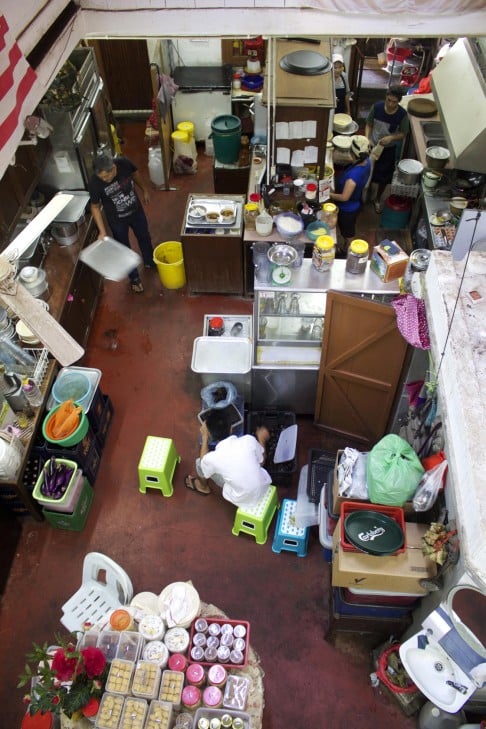


7 Jalan Hang Lekir, off Jonker Street. Open 11.30am-3pm, 4pm-9pm
Malaysia 13 States Coffee serves coffee made in the different styles of the country's 13 states.
11 Jalan Hang Kasturi. Open Monday-Wednesday noon- 11pm; Friday noon-midnight; Saturday 8.30am-midnight; Sunday 8.30am-11pm
8 Heeren Street
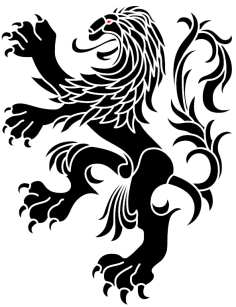
The old town of Melaka is characterised by rows of narrow two-storey buildings called "shophouses": 18th century buildings that served as street-level shops and first-floor houses. Many have been renovated or converted into hotels and guesthouses. The carefully restored number 8 Heeren Street is a fine example of a shophouse built more than 300 years ago. When the Dutch occupied Melaka, they imposed a law that influences the appearance of the old town today: landlords were taxed according to the width of their buildings, which is why the shophouses of this time are so narrow (three or four metres) and long (up to 100 metres). Step into 8 Heeren Street, for a curated tour.
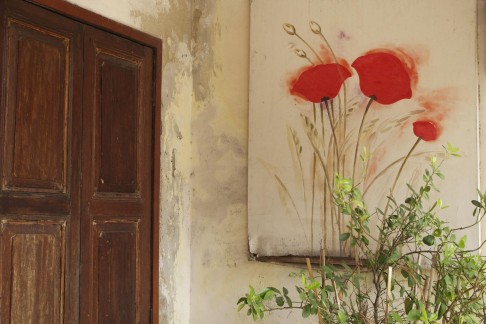

8 Heeren Street
the almost-pink Christ Church (Jalan Laksamana) was built in 1741 to observe a century of Dutch rule in Melaka.
Straits Chinese Jewellery Museum

About 600 years ago, a Chinese admiral named Zheng He — known as the "three-jewelled eunuch prince" arrived in Melaka and promised to protect the town from the Siamese — if they agreed to become a client of China. This opened Melaka up to Chinese traders and workers, and ever since, that nation has had a powerful influence on Malaysia's trade and customs. The Straits Chinese Jewellery Museum has a beautiful collection of delicate brooches, shoes, porcelain and rings, all influenced by Chinese design and motifs and created by Chinese, Indian and Sri Lankan craftsmen.
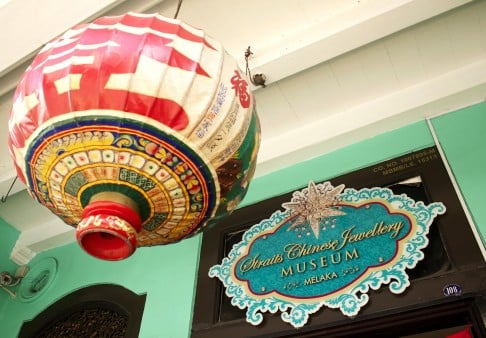
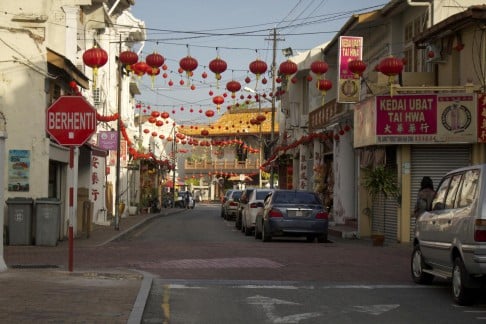


108 Jalan Tun Tun Cheng Lock
built in 1646, Cheng Hoon Teng (on Jalan Tokong) is the oldest Chinese temple in Malaysia.
Little India

Melaka's founder, the history books say, was Parameswara, a Hindu prince from Sumatra who converted the little fishing area into a thriving port town at the end of the 14th century. Situated halfway between India and China, Melaka became a popular place for trade ships to restock and wait out the monsoons. By the late 1800s, Melaka had grown rapidly, due to an influx of workers from India and China. There is still a strong Indian culture in Melaka, and the shops and restaurants in Little India make this a colourful, fascinating quarter. The fabric stores along Jalan Bendahara sell exquisite saris, punjabi suits and lengths of fabric; even if you hadn't planned on doing any shopping, you'll likely buy something there.
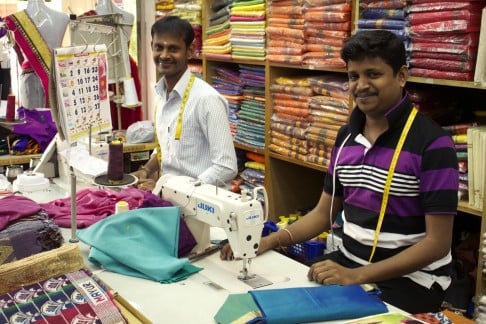

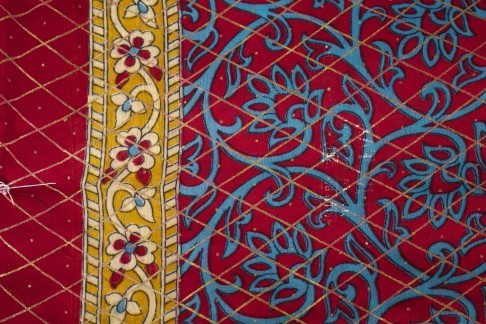

the shops are visible from the intersection of Jalan Bendahara and Jalan Temenggong.
Pak Putra (4 Jalan Laksamana; 5.30pm-1am) is a north Indian and Pakistani restaurant known for its delicious tandoori chicken. Be prepared to queue for a table.
